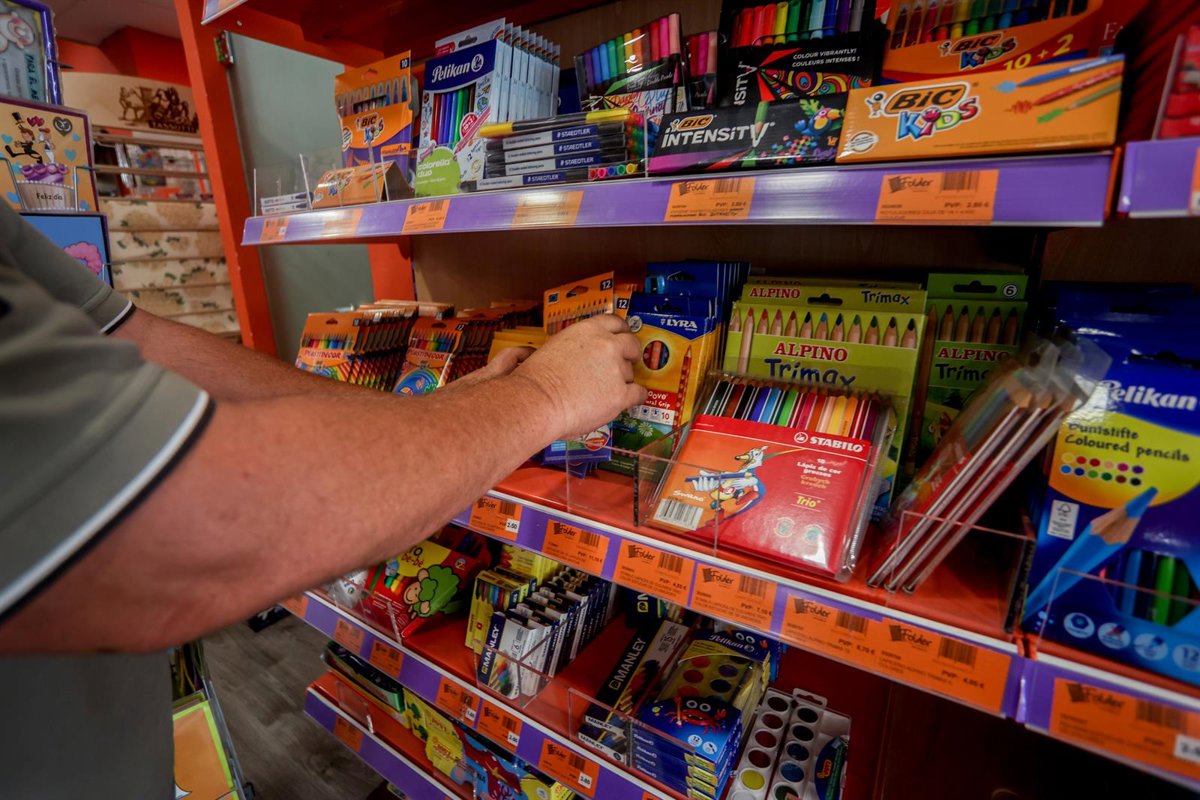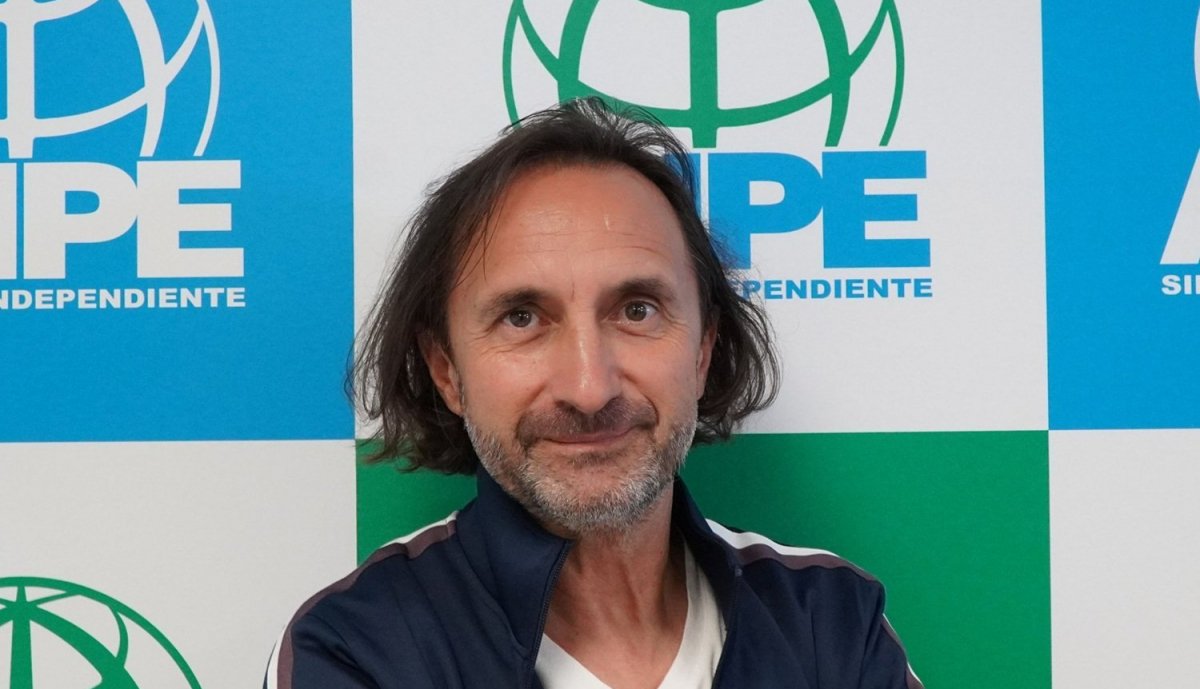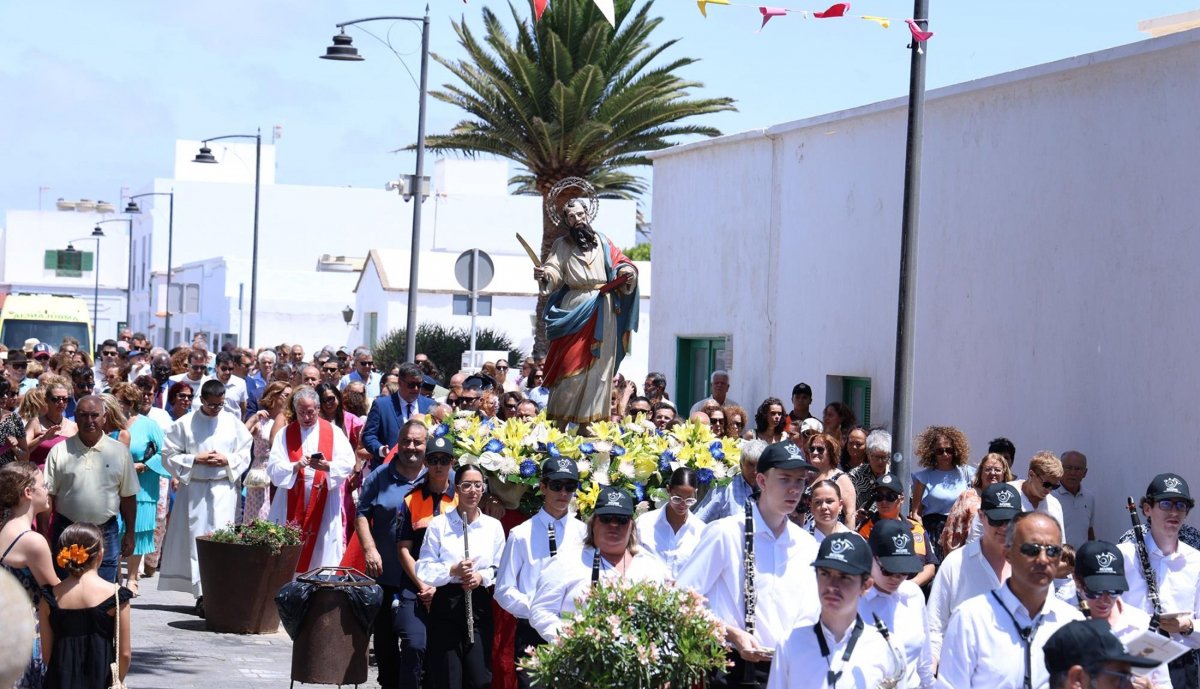
MADRID/SANTA CRUZ DE TENERIFE 23 Aug. (EUROPA PRESS) –
The start of the school year will cost Spanish families an average of approximately €400 per child, a figure that has driven up searches and sales of second-hand materials. The expenses vary by autonomous community, as Valencia, Catalonia, and Navarra lead the rankings for the highest prices, while Extremadura, Castilla-La Mancha, and the Canary Islands are among the lowest.
This is according to an analysis conducted by the financial comparison website Banqmi, which clearly indicates that the average cost for returning to school in Spain is expected to rise for the upcoming 2025-2026 academic year. The average expenditure per student will reach €422.05, marking an increase of 1.59% from the previous year (€415.43), which translates to an additional €6.62 per pupil. Since the 2018-2019 academic year, the overall cost has risen by 14.88%, increasing from €367.37 per student at that time.
By region, Valencia tops the list with an average school expense of €481.30 per student, followed by Catalonia (€462.67) and Navarra (€456.45). In contrast, Extremadura (€391.52), Castilla-La Mancha (€397.94), and the Canary Islands (€398.87) emerge as the most affordable.
Books and uniforms represent the most significant increases in costs for this year’s back-to-school season: an average of €229.79 for uniforms and €192.26 for books (with the Canary Islands at €182.13). The most pronounced increase is noted in Early Childhood Education, where the average price of books has surged by 4.55%. This is followed by Primary Education at 2.25% and Secondary Education at 1.52%, with notable discrepancies across different types of institutions. In Early Childhood Education, for instance, the increase is similar across all educational models – 4.87% in private schools, 4.41% in semi-private, and 4.23% in public – whereas in Secondary Education, the public sector sees a greater rise, with prices increasing by just over 2%.
In terms of uniforms, purchasing them from a general store averages €208.98, while acquiring them directly from the school raises the cost to €250.61. However, the pricing landscape varies significantly by community. The national average is around €220, but regions such as Catalonia (€257.50), Navarra (€254.90), and the Community of Madrid (€248.81) exceed this figure. On the opposite end, Extremadura (€211.02), Galicia (€217.90), and Asturias (€218.27) fall below the average.
The Canary Islands report an average of €216.75 for these costs. Nevertheless, the final expense will depend on the purchase location, whether choosing a general retailer or buying directly from the school, as seen in private or semi-private institutions. In this case, prices in the islands can vary from €203.15 (in an external store) to €230.34 (at the school itself).
“Purchasing directly from the school typically involves items with embroidered logos, specific cuts, or colours not available in common shops, which limits competition and increases the price,” explains Banqmi. Conversely, in the Canary Islands, Extremadura, or Castilla-La Mancha, schools often allow generic items or have contracts with various suppliers, which helps lower the final bill.
SECOND-HAND MATERIAL
Given this context, an increasing number of families are turning to second-hand materials, according to specialised portals, with 54% having already done so or considering it.
In fact, 89% of families are concerned about rising prices, and 77% admit that returning to school poses a financial challenge, according to a study by the buying and selling portal ‘milanuncios’.
This justifies, according to Wallapop, that “from July to September last year, the demand for school materials like books and uniforms increased by 111%, and this year the trend is expected to continue.”
Meanwhile, around 60% of families purchasing reused school materials cite economic savings as their main motivation, followed by a desire to give products a second life (38%). The general perception among families and students in recent years is that the cost of school materials continues to rise: 96% consider the prices excessively expensive, and 84% believe prices have increased, particularly in the last two years.
According to Wallapop’s forecasts, the most sought-after second-hand products for back-to-school season are textbooks (44%) and electronic materials like tablets and calculators (15%), followed by clothing or school uniforms (11%) and backpacks (10%). Thus, Spanish families estimate that by purchasing such reused materials, they save around €60 per student.
In September last year, the demand for these products saw a notable spike: interest in calculators rose by 193%, textbooks by 132%, school uniforms by 70%, and other school supplies by 50%.
ADVICE: NOT EVERYTHING HAS TO BE NEW
The consumers’ organisation OCU has published a series of tips for managing the back-to-school season and reducing expenses, which they estimate to be around €500, excluding school materials, extracurricular activities, or meals.
Consequently, OCU recommends making a list of what is already available at home. “A new school year does not mean everything has to be new: if the backpack or pencil case is still in good condition, there’s no need to buy new ones.” Another suggestion is to shop in August when there are more offers and to go shopping without the children to avoid them getting attached to branded items.
Another option is collaborative consumption that encourages the exchange of clothing, books, and school materials, as well as checking programmes for free books and using public libraries for recommended readings. Finally, if a tablet or laptop is necessary, it’s advisable to compare models and prices across different retailers.
